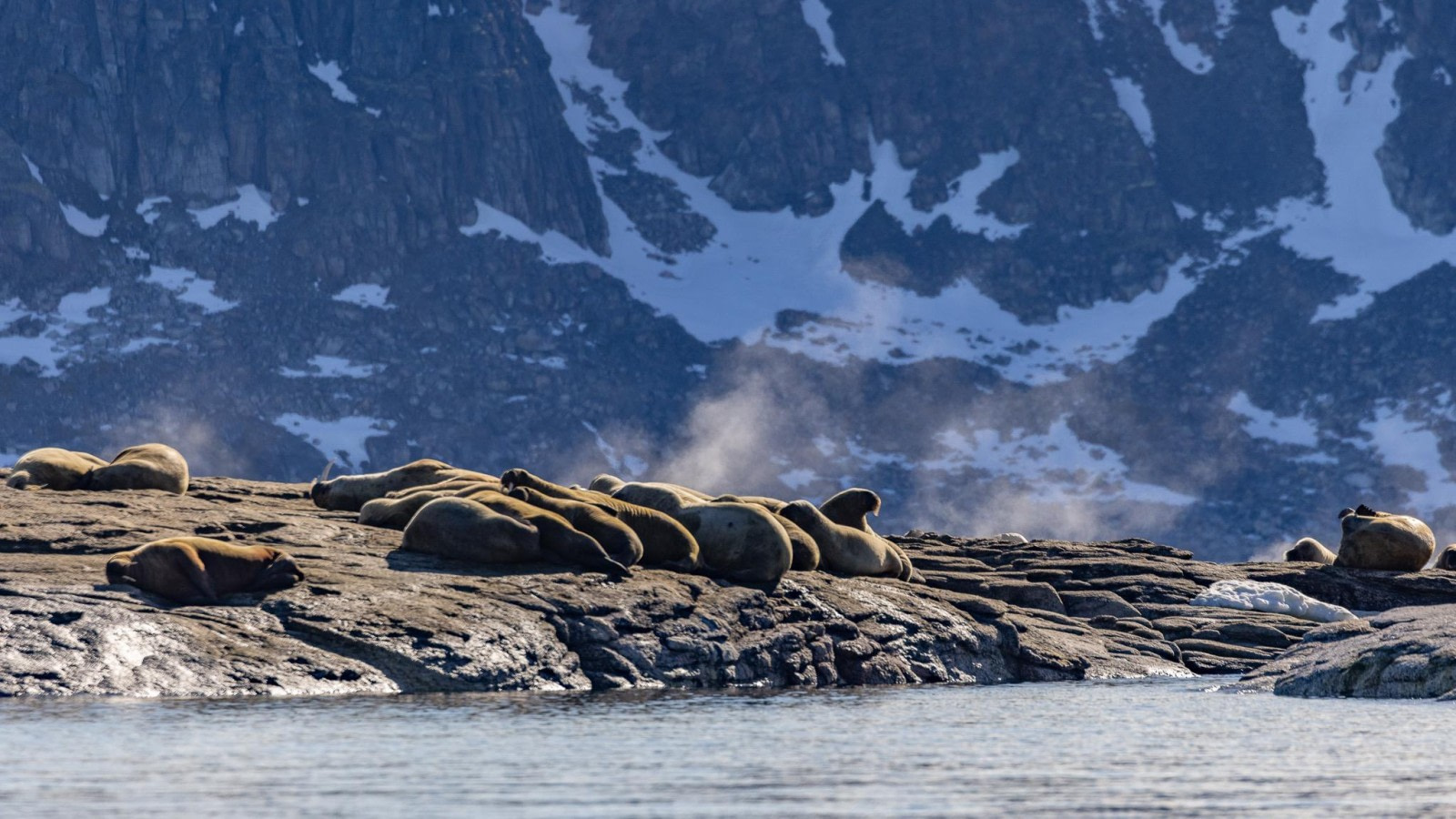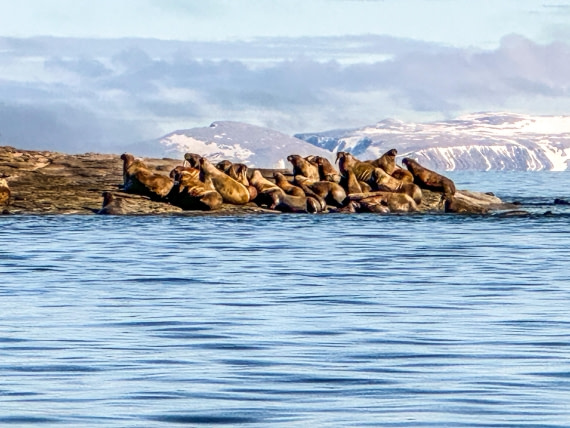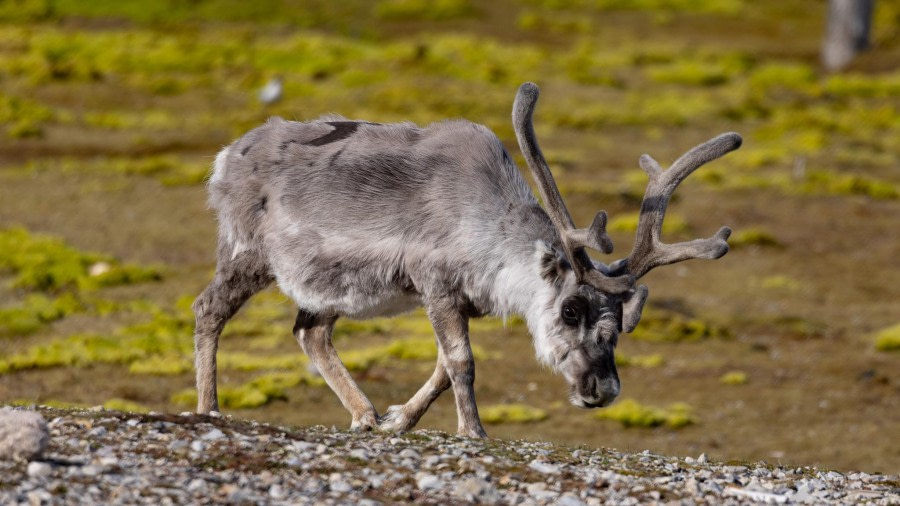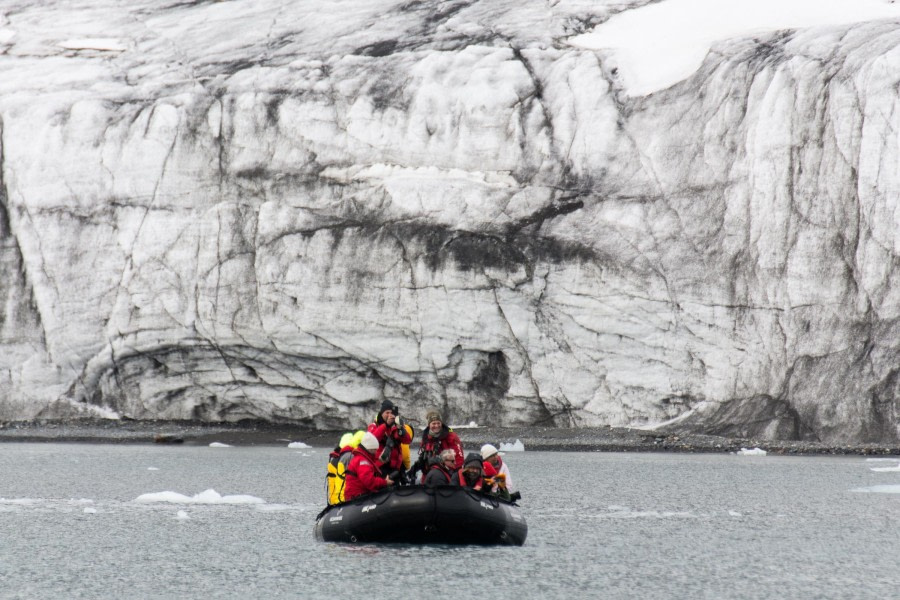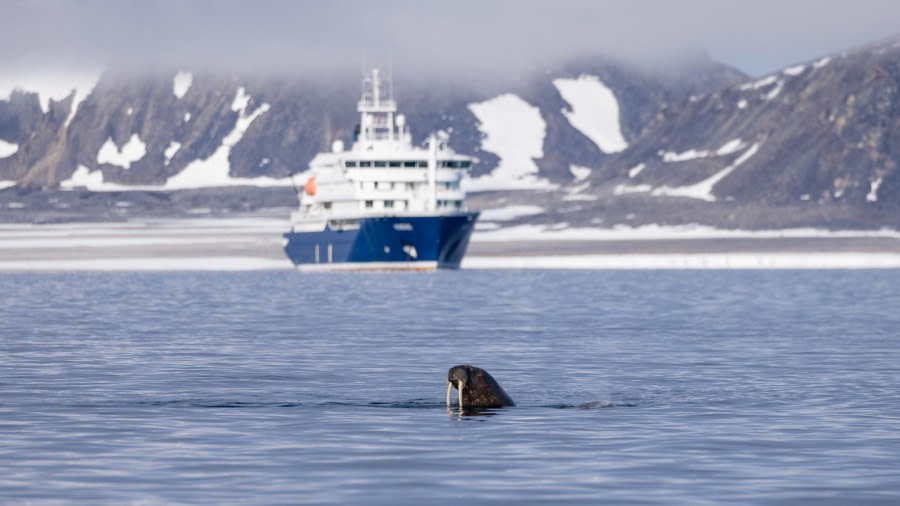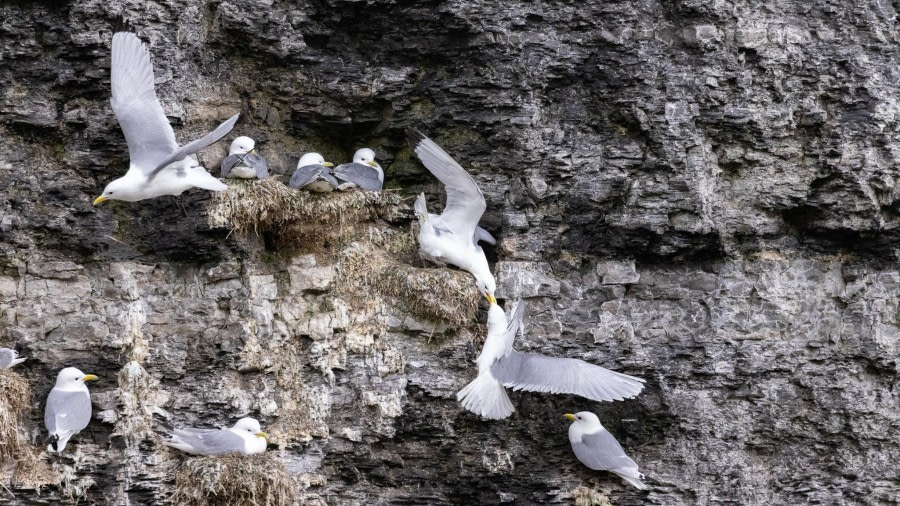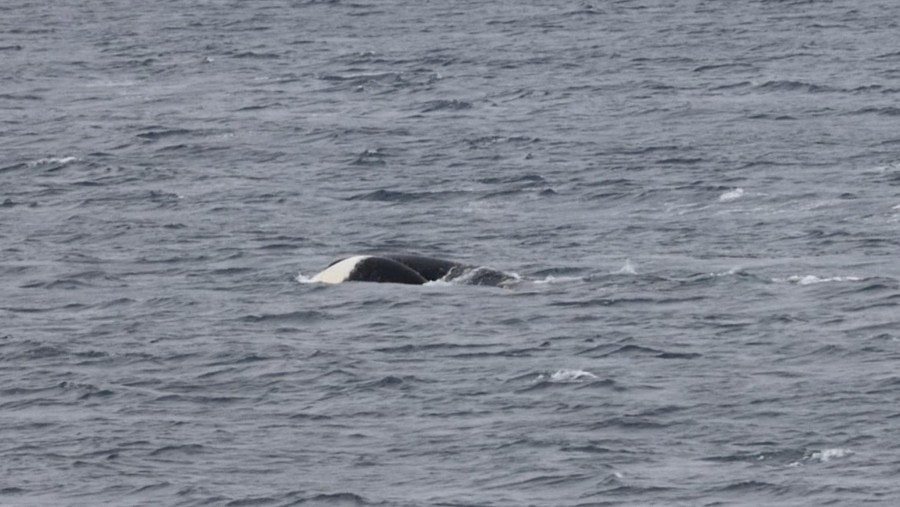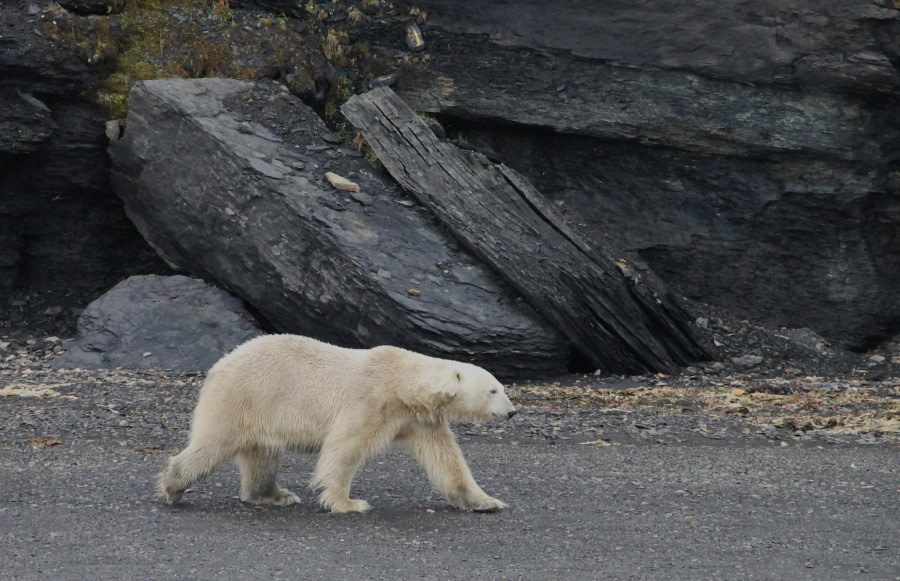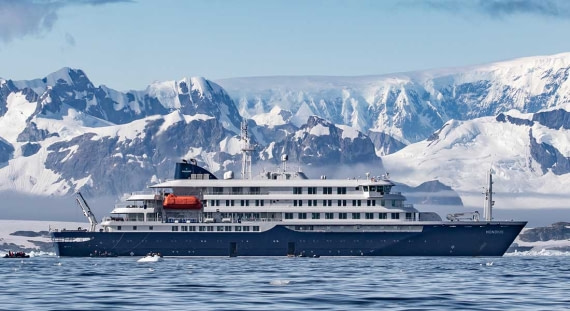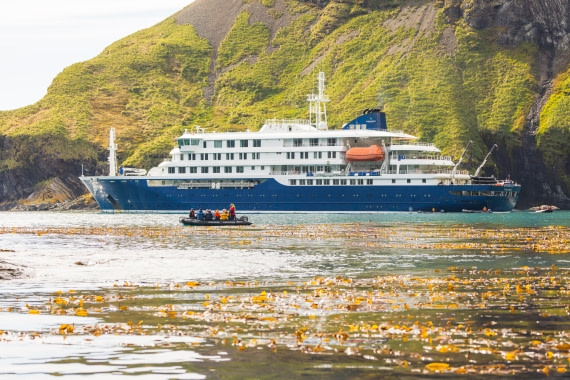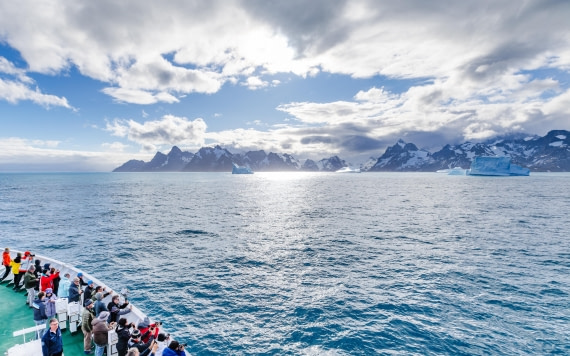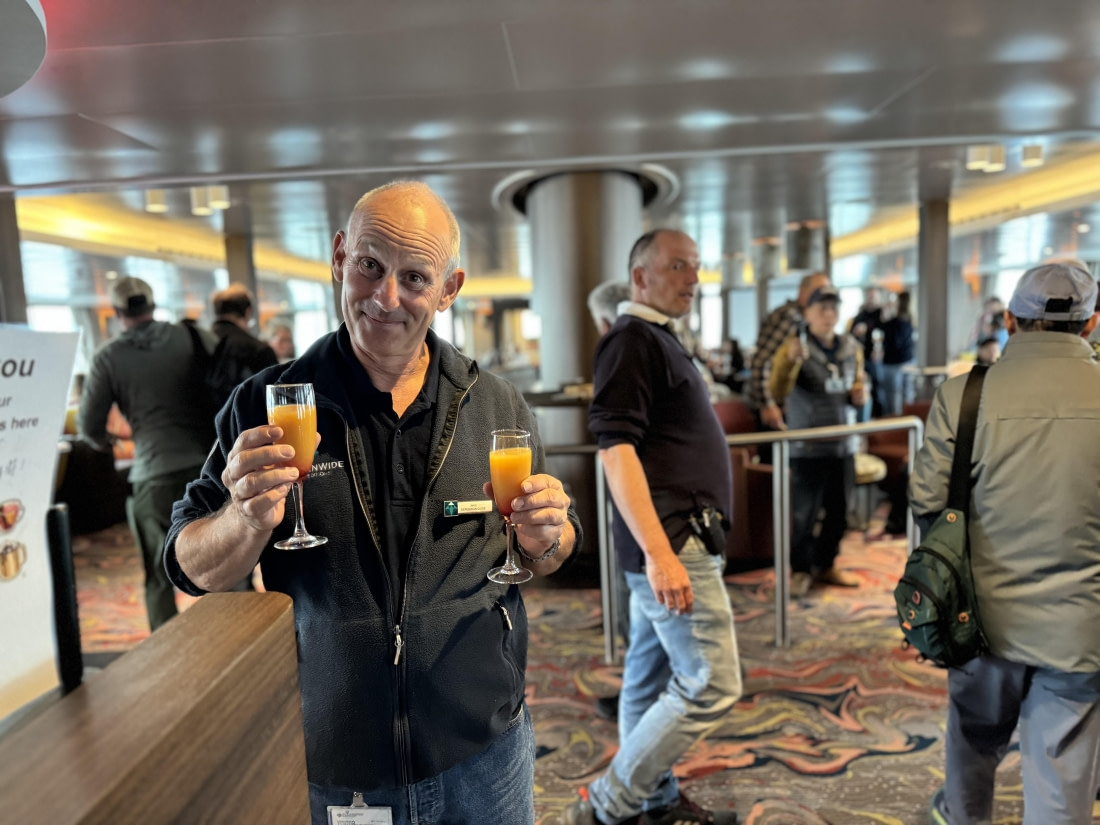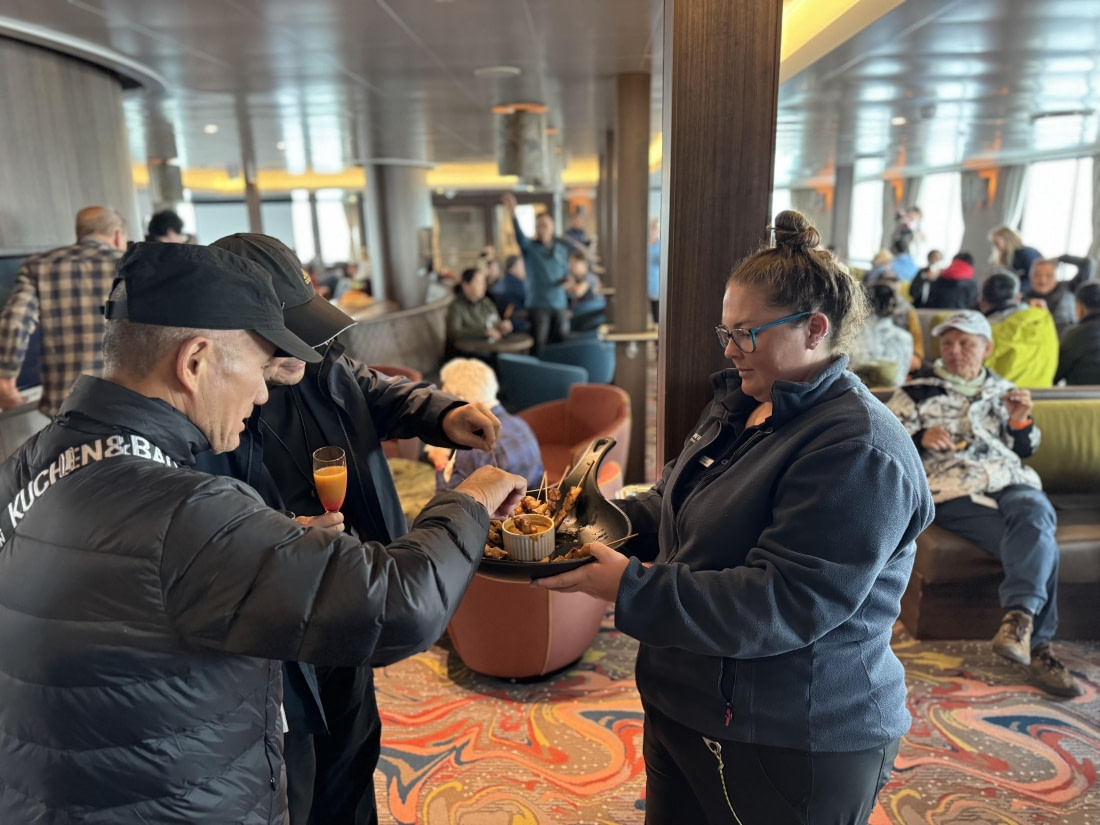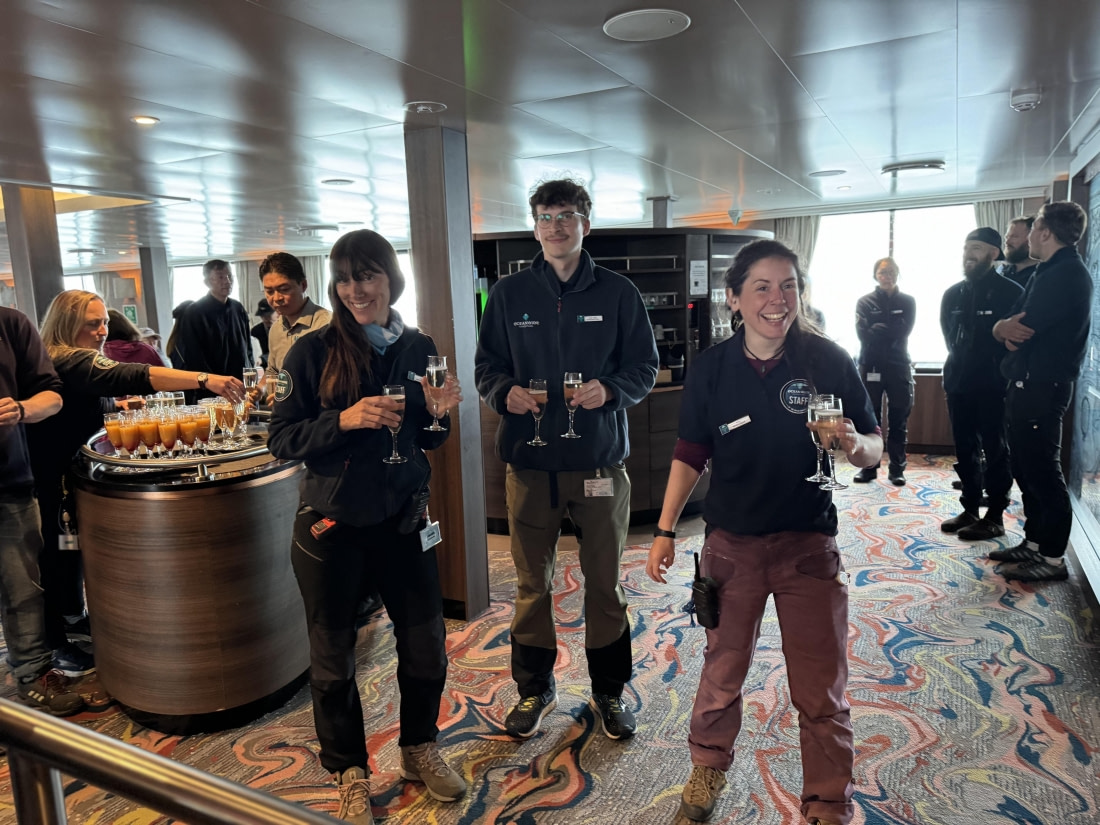| Fecha: |
10.07.2024 |
| Posición: |
77°02,6'N 015°56,8'E |
| Viento: |
Variable 1 |
| Clima: |
Parcialmente nublado |
| Temperatura del Aire: |
+6 |
El día comenzó con un despertar en Hornsund. Hornsund es el fiordo más meridional de Spitsbergen y uno de los más espectaculares en cuanto a paisaje. Los balleneros del siglo XVII lo conocían desde hacía mucho tiempo y uno de ellos, el inglés Johnas Poole, lo bautizó Hornsund: "Trajeron a bordo un trozo de cuerno de ciervo, por eso llamé a este sonido Horne Sound". En la bahía de Gåshamna también hubo durante un breve periodo de tiempo, en el siglo XVII, una estación ballenera inglesa.
Durante el desayuno, fondeamos en las bahías de Austre y Vestre Burgerbukta. El tiempo nos ha acompañado hoy -sin viento y con un sol radiante-, así que podemos disfrutar de verdad de nuestro crucero en zodiac. Nos adentramos lentamente en Vestre Burgerbukta, de unos 6 km de largo, y pronto vemos en el mapa que hace tiempo que hemos entrado en el glaciar. Como todos los glaciares de Spitsbergen, el Paierbreen está retrocediendo tanto que los cartógrafos apenas pueden seguir el ritmo.
Los nombres de esta parte del Hornsund se los dio el conde austriaco Wilczek, que financió una expedición de apoyo a la Expedición Austrohúngara al Polo Norte en 1872 y no perdió la oportunidad de dirigirla él mismo. Se dirigía a Novaya Zemlya para establecer allí un depósito. De camino, se detuvo en Hornsund, la cartografió y le dio muchos de sus nombres.
Aunque la Expedición Polar Austrohúngara no llegó al Polo Norte, descubrió la Tierra de Francisco José y se la conoció como la Expedición Payer-Weyprecht, en honor a sus dos jefes.
A medida que nos adentramos en la bahía de Burger, no nos cansamos de ver las escarpadas paredes de roca carbonatada en las que seguimos descubriendo pequeñas colonias de gaviotas tridáctilas. Frente al frente del glaciar, nuestro jefe de expedición Marcel y su equipo nos sirvieron un chai latte caliente. Algunos de nosotros avistamos una pequeña manada de ballenas beluga a la entrada de la bahía, mientras otras zodiacs pasan largo rato entre los numerosos icebergs pequeños varados sobre y frente a la playa casi negra.
Después de comer, desembarcaremos en Gnålodden. Gnålodden es noruego y significa algo así como la montaña que zumba eternamente. Y nada más aterrizar aquí, nos dimos cuenta de que la montaña hace honor a su nombre. Miles de aves marinas, sobre todo gaviotas tridáctilas y araos de Brunnich, crían en los acantilados. Abajo, en la exuberante tundra verde, hay una pequeña cabaña de trampero. Es una de las cabañas auxiliares de la de Hyttevika y se utilizaba para ampliar el territorio de los tramperos. Se cazaba el zorro ártico, sobre todo en invierno, ya que la piel blanca era la más codiciada y cara. Las trampas para zorros se extendían por una gran superficie, y rara vez era posible llegar a la trampa más lejana en un solo día. Por ello, los tramperos utilizaban pequeñas cabañas auxiliares donde pasaban la noche o, con mal tiempo y tormentas, a veces varias noches o semanas.
La cabaña de Gnålodden también fue utilizada durante varios años por una de las tramperas más destacadas de Spitsbergen. Wanny Wolstad fue una de las primeras mujeres que trabajó como trampera en Spitsbergen. Junto con su marido, pasó seis inviernos en Hornsund. Dos de ellos los pasó con sus hijos, que estaban en una edad en la que deberían haber estado en la escuela en vez de cazando osos polares. Trágicamente, Wanny murió en un accidente de tráfico en Tromso en 1959. Pero su historia sigue viva y Will nos la cuenta vívidamente en la cabaña de Gnålodden. Por lo demás, nuestros guías han conseguido una zona en la que la mitad de nosotros podía moverse libremente mientras los demás escuchaban una conferencia sobre la geología de Svalbard impartida por Julian.
Por último, el día terminó con la llamada de Albert para una fantástica barbacoa. Con poco viento, pequeños icebergs y témpanos flotando en el agua cristalina disfrutamos plenamente de esta gran sorpresa y mientras el Hondius se dirigía hacia el oeste saliendo de Hornsund un considerable grupo de bailarines continuó la fiesta en la cubierta 5 hasta que llegó la hora de ir a dormir.
Grupo regular de kayak 10 de julio
Hoy ha sido el mejor día hasta la fecha. El sol brillaba, los vientos nos favorecían y había un ligero oleaje que añadía interés a nuestra remada. Burgerbukta siempre es hermoso: dos brazos del fiordo, ambos encabezados por glaciares y rodeados por paredes de roca escarpadas y plegadas. Todo un cambio con respecto a la tundra y las colinas llanas del lado este de Svalbard Terminamos el viaje en una pequeña cala de Vibebukta, donde quedaba un pequeño trozo de antiguo hielo marino y se había creado una laguna frente al glaciar. Protegidos de la brisa, desembarcamos nuestros kayaks y disfrutamos de un tranquilo paseo de vuelta al barco, disfrutando de las vistas por última vez.
